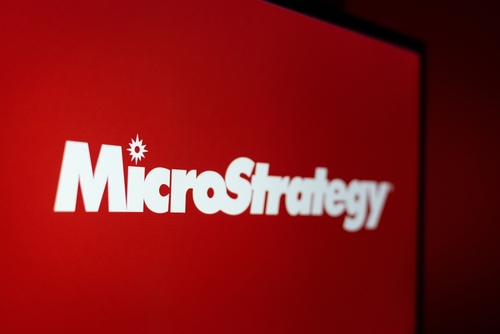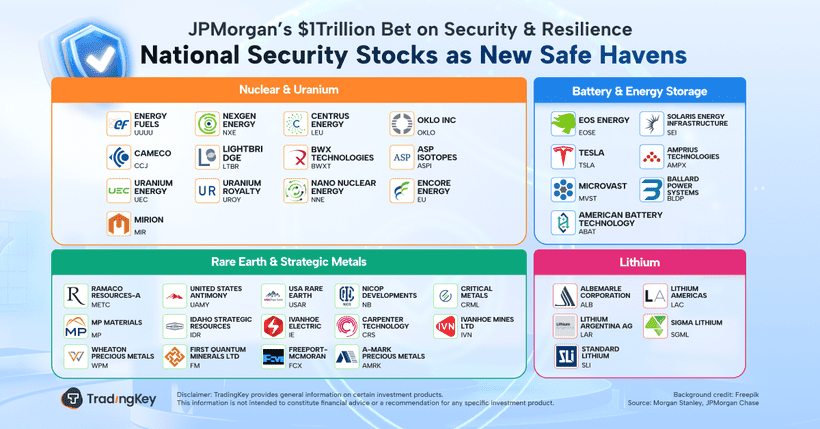The Market Game of the Quantitative King: How Renaissance Technologies Locks in Excess Returns Amid the 2025 Turmoil


Renaissance Technologies: The Vanguard of Quantitative Investing
TradingKey - Founded by mathematician James Simons, Renaissance Technologies LLC is a global leader in quantitative investing, renowned for its data-driven, innovative approach. The firm eschews traditional fundamental analysis, relying instead on advanced mathematical models, statistics, and machine learning algorithms to uncover hidden patterns in vast market data, consistently achieving excess returns. Its hiring strategy prioritizes scientists, mathematicians, and computer experts over traditional Wall Street professionals, reflecting a rigorous analytical culture. As of Q2 2025, Renaissance’s portfolio size has grown to over $75 billion, with active trading involving thousands of new, increased, and reduced positions. Notably, significant increases in holdings of high-growth tech stocks like NVIDIA and Netflix highlight its dynamic, model-driven investment strategy.

Q2 2025 Market Environment and Performance
The market in Q2 2025 was robust but highly volatile. On April 2, Trump announced high tariffs on nearly all U.S. imports, triggering a more than 12% drop in the S&P 500 over the next four days. Additionally, ongoing conflicts in Ukraine and the Middle East, coupled with Trump’s decision on June 21 to bomb Iran’s nuclear facilities, further amplified global uncertainty and market turbulence. However, for a quantitative firm like Renaissance Technologies (RenTech), such conditions align perfectly with its core philosophy of leveraging short-term market inefficiencies to generate excess returns, rather than relying on directional market predictions, consistent with its quantitative, market-neutral, and high-frequency trading principles.
According to the Q2 2025 13F filing, Renaissance Technologies’ portfolio value grew from $66.1 billion to $75.2 billion, a 13.8% increase, driven primarily by market performance and a net capital inflow of approximately 1.42%. The portfolio’s quarterly return was about 12.3% (adjusted net performance), outperforming the S&P 500’s 10.9% by approximately 1.4 percentage points of alpha, though slightly underperforming the Nasdaq. This does not indicate a failure of the quantitative model but rather reflects its strategic complexity: when market sentiment overheats due to soaring tech stocks, the model avoids blindly chasing momentum, instead opting to take profits and seek defensive assets amid uncertainty to maintain a dynamic portfolio balance.
Top Five Holdings Adjustments and Shifting Investment Themes
In Q2 2025, Renaissance Technologies’ top five holdings were Palantir (PLTR), NVIDIA (NVDA), Robinhood (HOOD), VeriSign (VRSN), and Netflix (NFLX). Compared to Q1, NVIDIA and Netflix replaced Corcept Therapeutics (CORT) and Sprouts Farmers Market (SFM), with significant increases in their holdings. This reflects a clear shift in RenTech’s investment themes, moving away from biopharmaceuticals and grocery retail toward high-growth sectors like artificial intelligence, data analytics, and streaming media. The quantitative models likely identified strong signals, momentum, or statistical arbitrage opportunities in these industries. The significant increase in NVIDIA and Netflix holdings indicates high confidence in these sectors, as determined by the algorithms. Even as a market-neutral fund, while meticulously hedging overall market risk, RenTech concentrates its alpha-generating long positions in areas where its models identify the most robust statistical advantages.
Top Buys and Sells: The Art of Chasing Momentum and Balancing Risk
In Q2 2025, Renaissance Technologies’ strategy demonstrated complexity and nuance. Despite the market’s surge driven by AI and tech stocks, its trading behavior was not merely chasing momentum. On one hand, it significantly increased its holdings in NVIDIA (NVDA), a core player in AI infrastructure, substantially boosting its position value. On the other hand, it notably reduced holdings in tech companies like Palantir (PLTR) and Robinhood (HOOD), which also posted strong or better-than-expected earnings. This may suggest that, after stock prices surged due to exceptional performance, the models determined that their short-term valuations had reached a threshold, posing a statistical risk of mean reversion or pullback. Consequently, the models automatically triggered profit-taking sell orders to lock in gains and manage risk exposure, rather than reflecting a bearish long-term fundamental outlook.
Additionally, RenTech established a new $422 million position in UnitedHealth Group (UNH), a leading U.S. healthcare company with strong fundamentals and defensive characteristics. This move may reflect a “quality premium” strategy, with the model likely identifying UNH’s stable growth and cash flow as undervalued in an uncertain market. The fund also initiated new positions of approximately $130 million in Sea Limited (SE) and $160 million in Snowflake (SNOW), signaling its ongoing pursuit of opportunities in niche growth stocks.
Investment Logic and Limitations of 13F Filings
Renaissance Technologies’ Q2 2025 13F filing reveals the core logic of its quantitative strategy: seeking a dynamic balance between risk and reward. Its investment behavior is neither a simple “buy-and-hold” approach nor a blind chase of market trends but rather a sophisticated effort to capture long-term structural growth opportunities, such as AI, while meticulously managing risk by taking profits on stocks with excessive short-term gains. RenTech’s trading logic cannot be simply categorized as “bullish” or “bearish” but is a product of complex quantitative models driven by vast data and statistical probabilities, often lagging or even contradicting traditional fundamental analysis narratives. Therefore, retail investors should not view RenTech’s buying or selling as direct investment signals, as its high-frequency trading and short holding periods often conflict with the goals of long-term investors.
While 13F filings provide valuable insights, they have inherent limitations when analyzing the strategies of complex quantitative firms like RenTech. First, 13F filings only disclose long positions, omitting short positions and derivatives (such as futures, swaps, and options strategies), which are critical to RenTech’s market-neutral approach. RenTech is known for balancing long and short positions to hedge systematic risk, so observing only long holdings may lead to a partial or even misleading understanding of its portfolio’s risk exposure and return sources. Second, the delayed nature of 13F data is a significant constraint. Institutions must submit reports within 45 days after the quarter ends, during which high-frequency trading firms like RenTech may have significantly adjusted or even exited certain positions, making the reported data unreflective of their current strategy.
.png)







